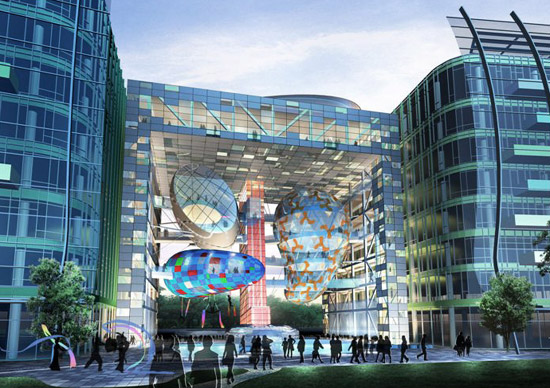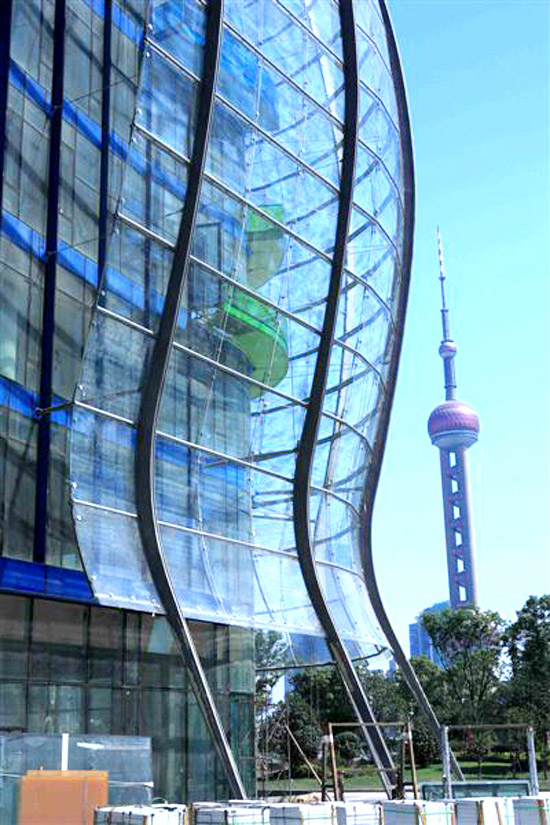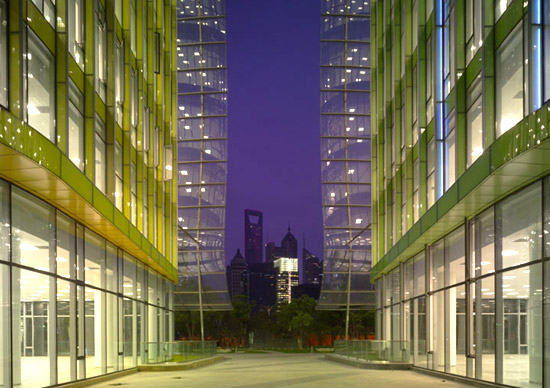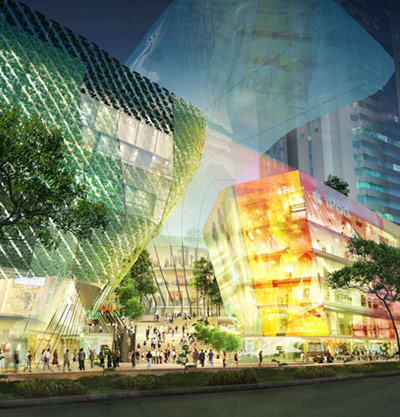KEEP UP WITH OUR DAILY AND WEEKLY NEWSLETTERS
the nordic pavilion, built from forest-managed wood, champions circular design, while saudi arabia blends computational design with vernacular cooling techniques.
designboom visits portlantis ahead of its public opening to learn more about the heritage and future of the port of rotterdam.
connections: +1350
the two photographers documented over 100 structures from the 1960s-80s, from cemeteries and sanctuaries to port buildings and residential complexes.
the founder of jiakun architects, is recognized for his humanistic approach, crafting spaces that combine the everyday with the utopian.
connections: 39

 artist’s impression of the shanghai chandeliers at night image by sparch
artist’s impression of the shanghai chandeliers at night image by sparch artist’s impression of the shanghai chandeliers by day image by sparch
artist’s impression of the shanghai chandeliers by day image by sparch artist’s impression of the shanghai chandeliers at night image by sparch
artist’s impression of the shanghai chandeliers at night image by sparch night view of wave facades image by
night view of wave facades image by  inside the wave facades image by christian richters
inside the wave facades image by christian richters illuminated glass balconies image by johnson xu
illuminated glass balconies image by johnson xu crystal wave facades and cloaking pavilions image by christian richters
crystal wave facades and cloaking pavilions image by christian richters image by johnson xu
image by johnson xu office and retail pavilions image by christian richters
office and retail pavilions image by christian richters view of pudong towers from between the pavilions image by christian richters
view of pudong towers from between the pavilions image by christian richters shanghai chandelir under construction image by christian richters
shanghai chandelir under construction image by christian richters shanghai chandelir under construction image by christian richters
shanghai chandelir under construction image by christian richters






